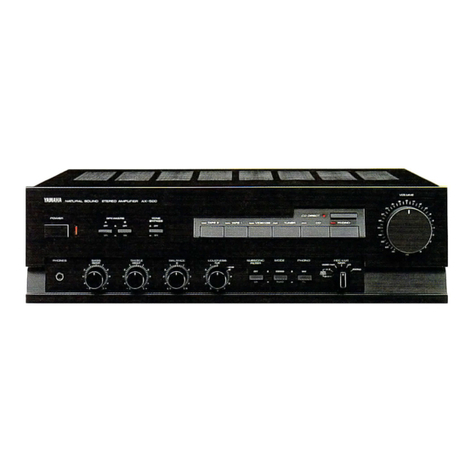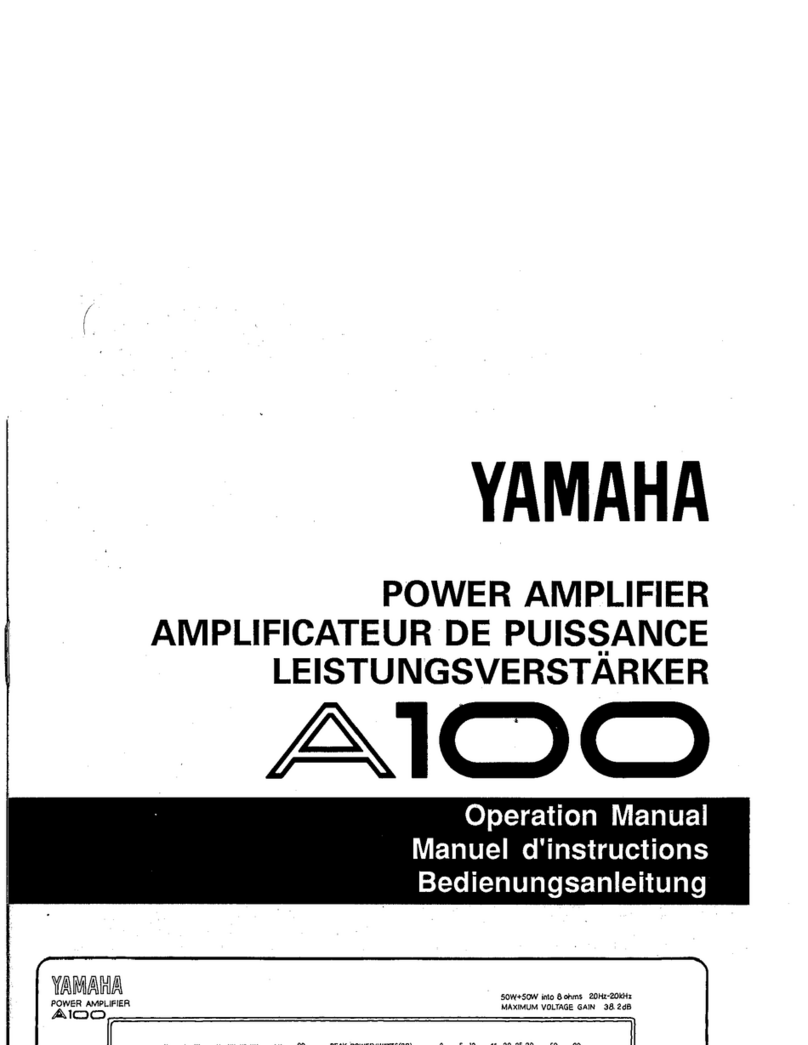Yamaha A-S2000 - Amplifier User manual
Other Yamaha Amplifier manuals

Yamaha
Yamaha KPA-502 User manual
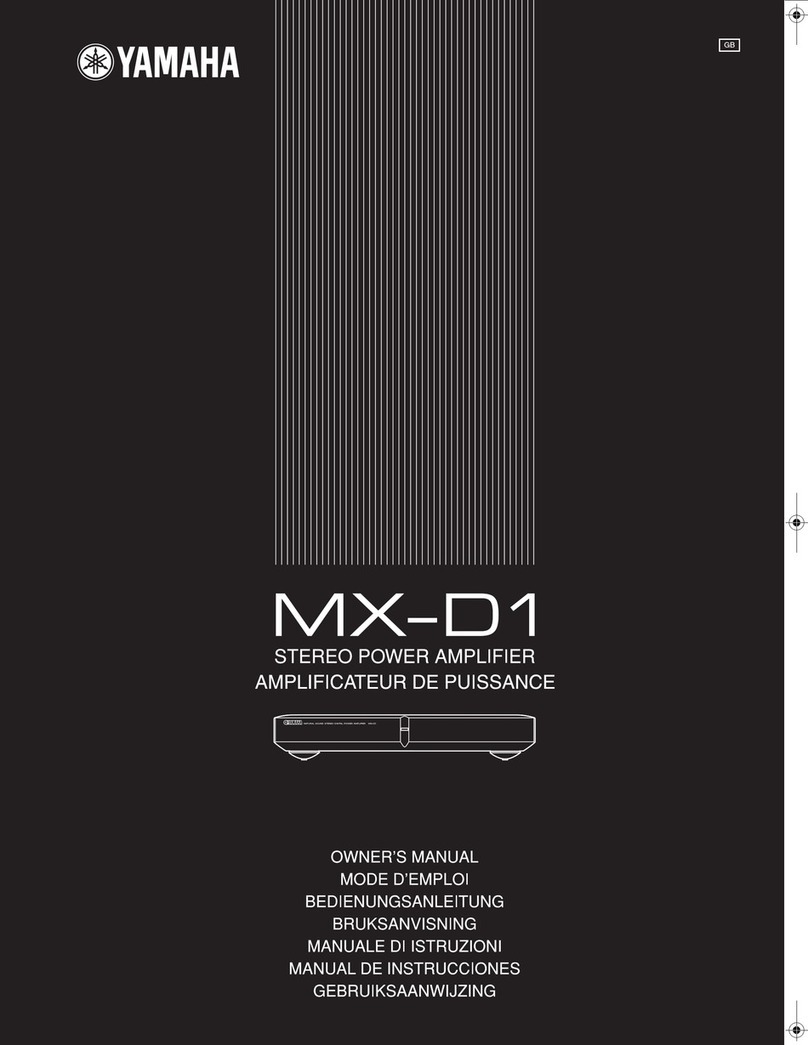
Yamaha
Yamaha MX-D1 - Amplifier User manual
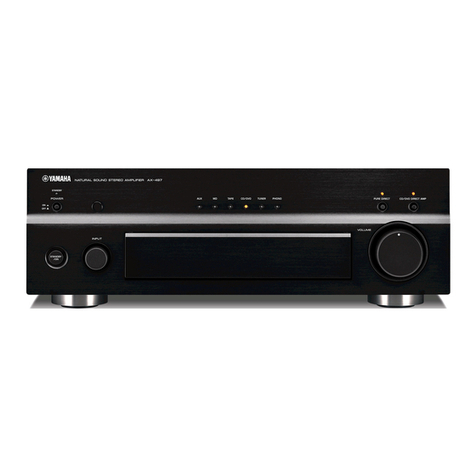
Yamaha
Yamaha AX-497 Building instructions
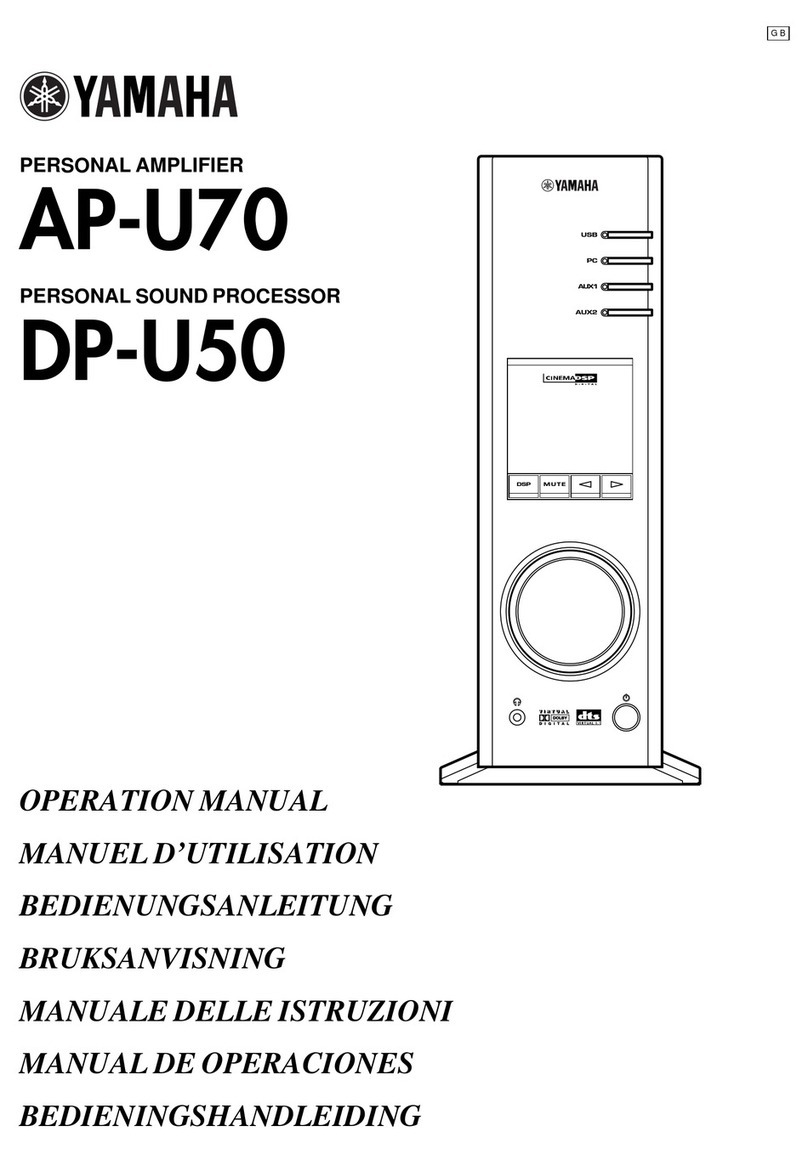
Yamaha
Yamaha DP-U50 User manual
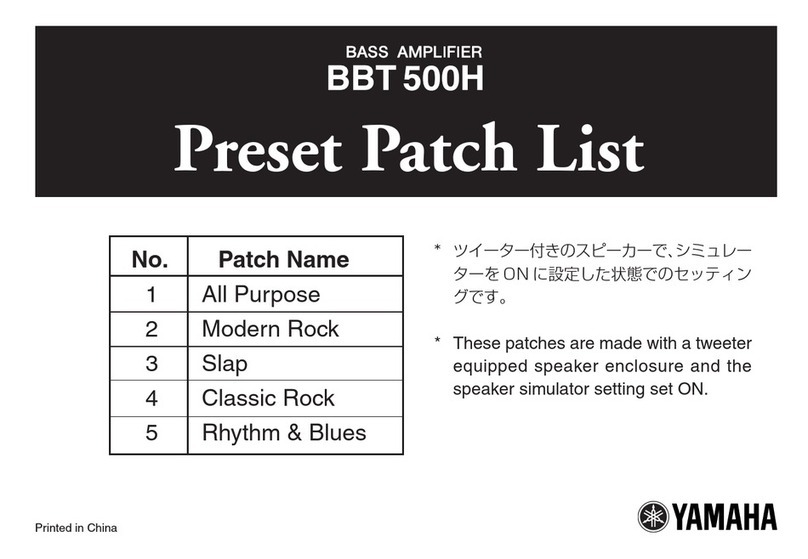
Yamaha
Yamaha BBT 500H User manual
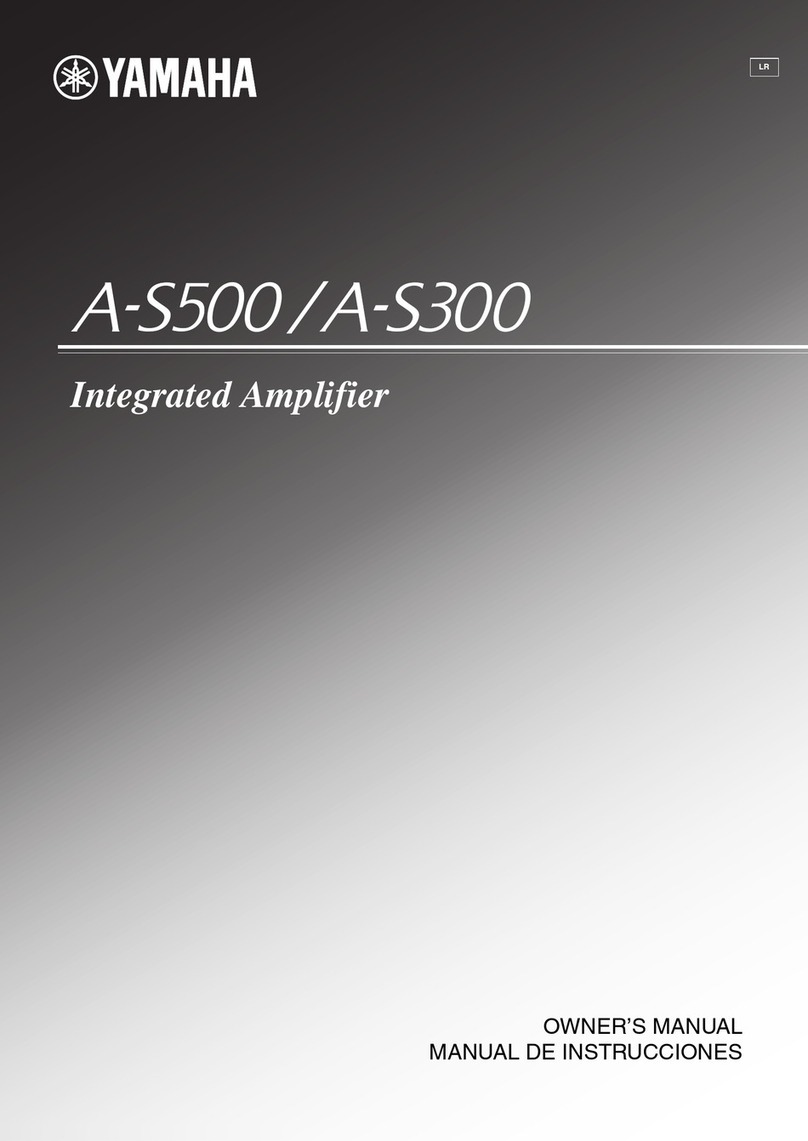
Yamaha
Yamaha A-S500 User manual
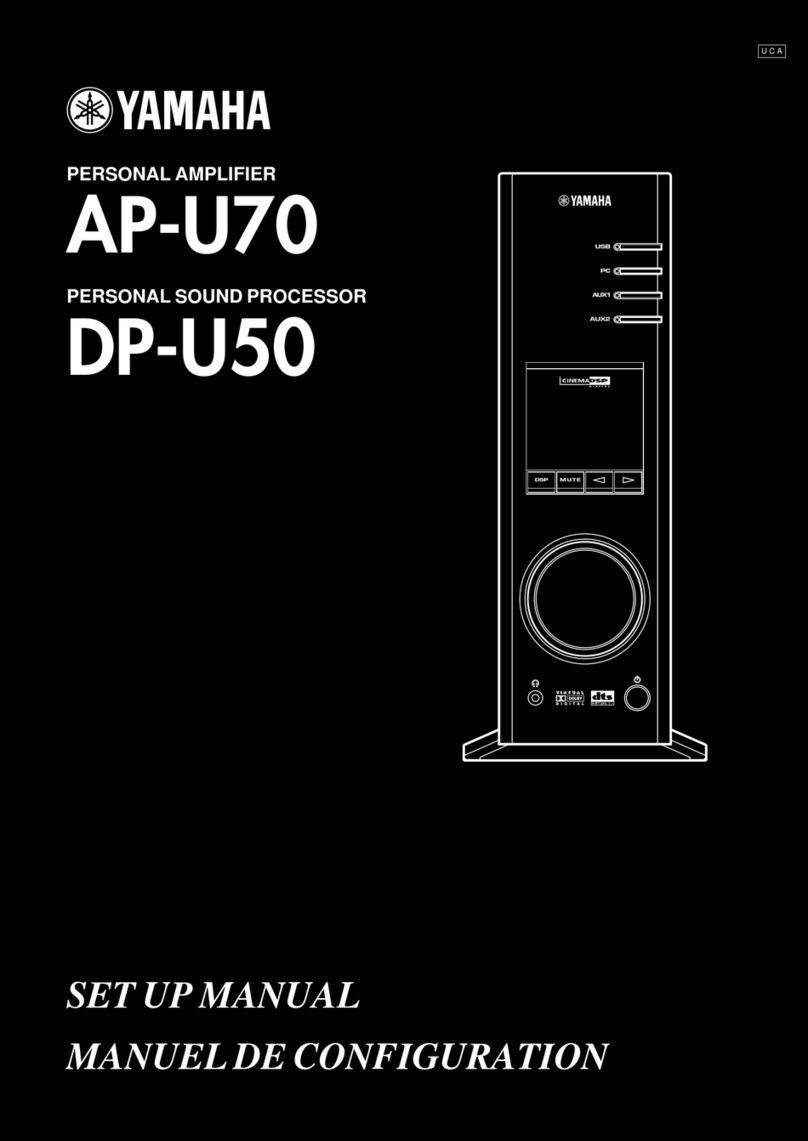
Yamaha
Yamaha AP-U70 User guide
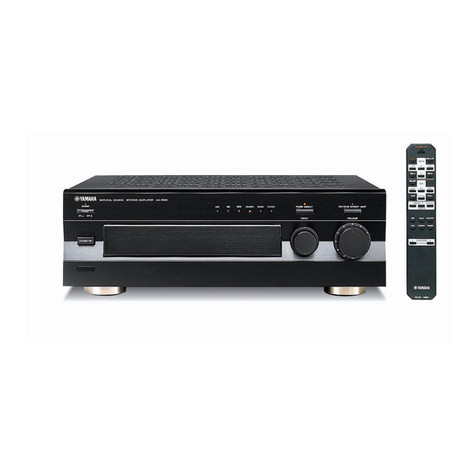
Yamaha
Yamaha AX-596 User manual
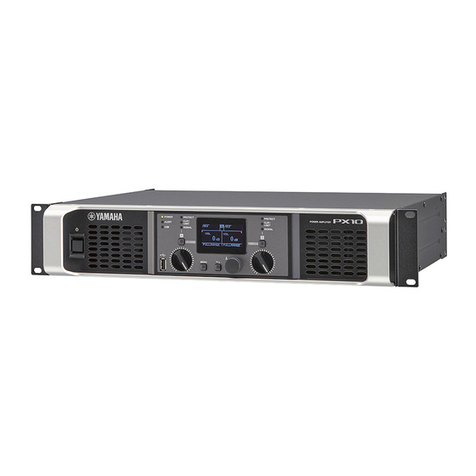
Yamaha
Yamaha PX10 User manual
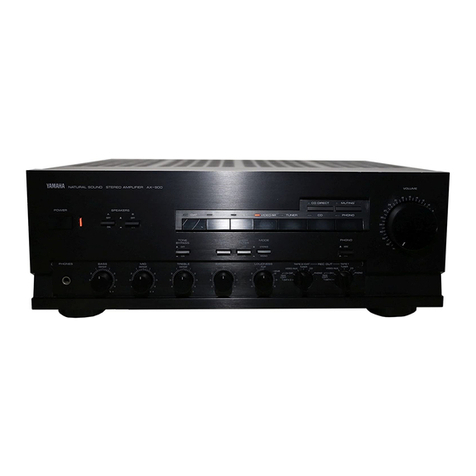
Yamaha
Yamaha AX-900 User manual
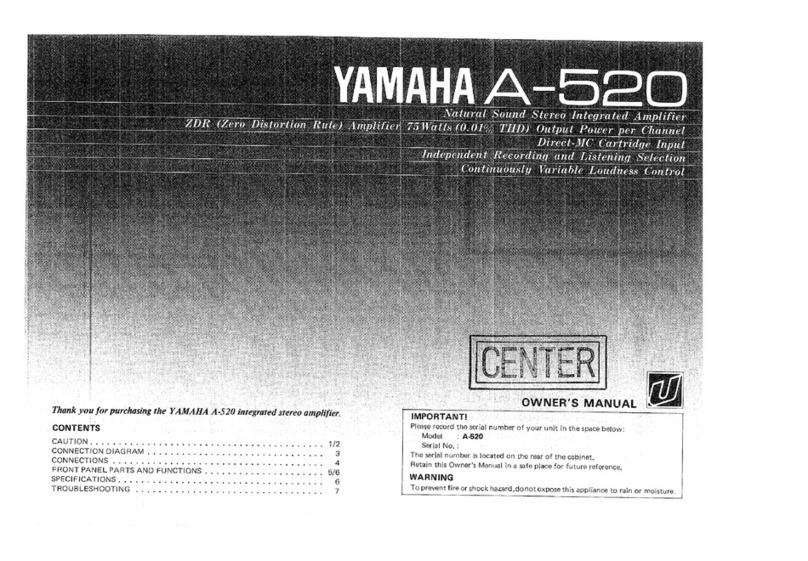
Yamaha
Yamaha A-520 User manual
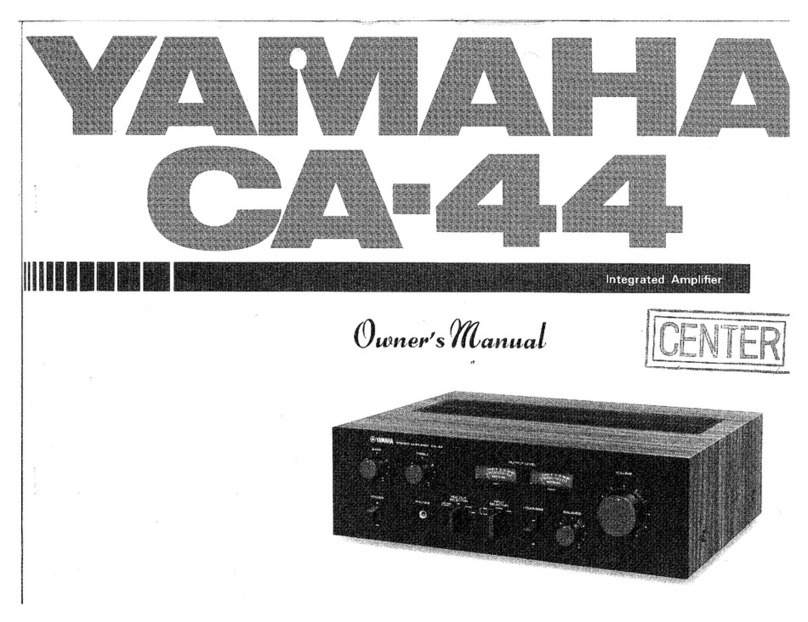
Yamaha
Yamaha CA-44 User manual
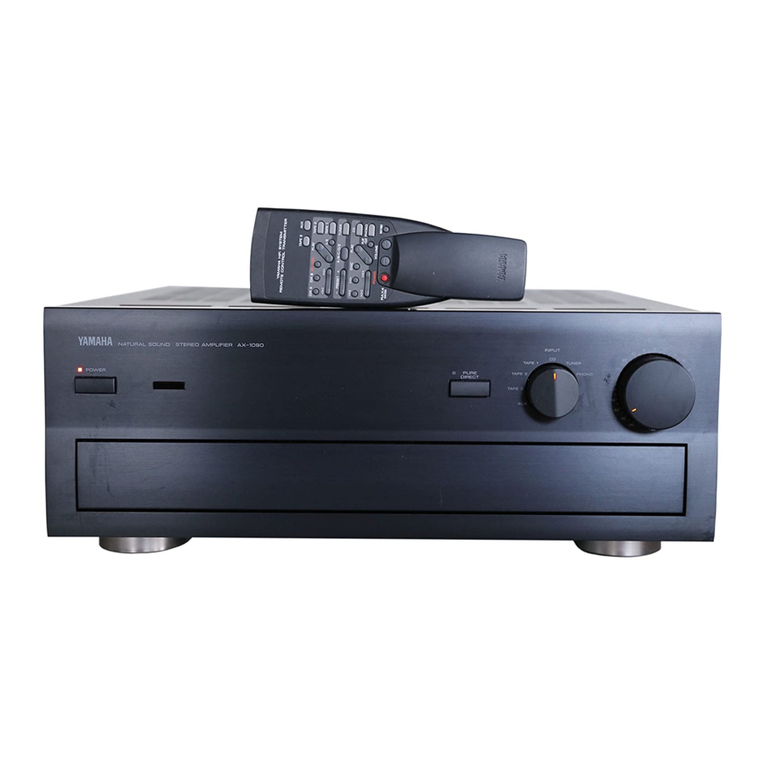
Yamaha
Yamaha AX-1090 User manual
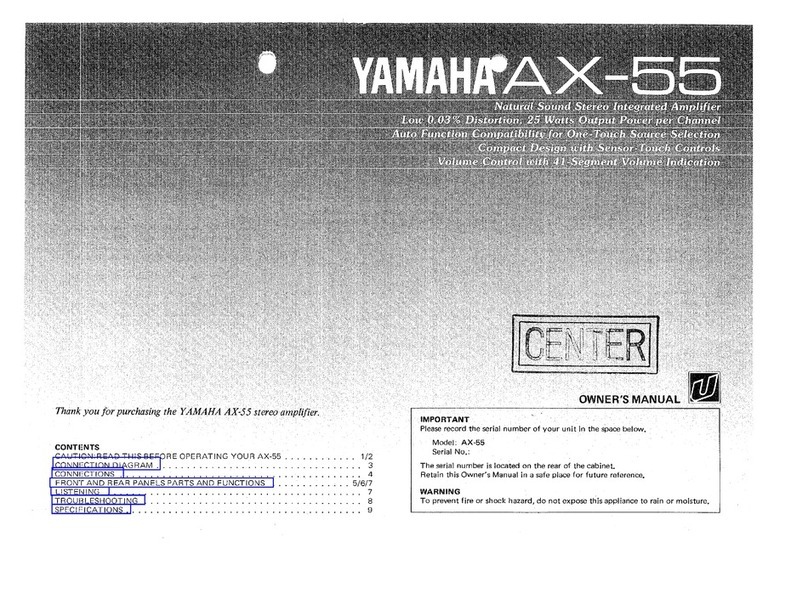
Yamaha
Yamaha AX-55 User manual
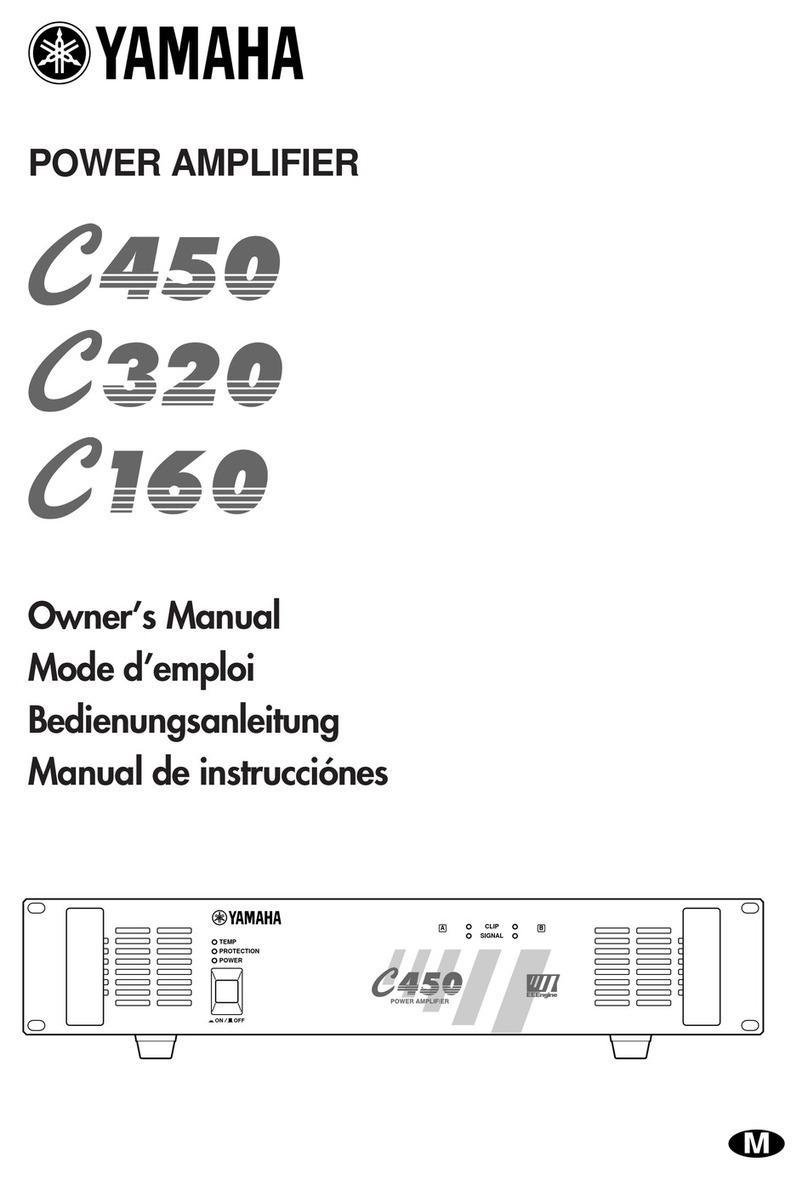
Yamaha
Yamaha C 450 User manual
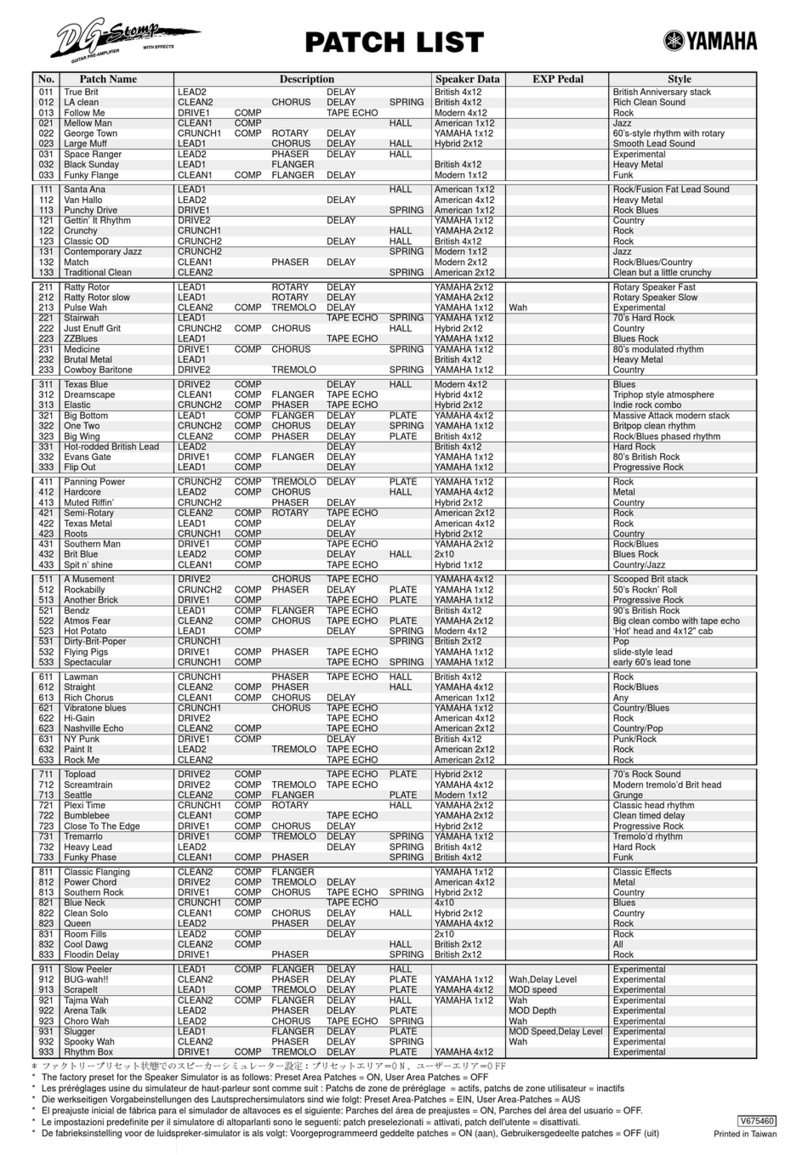
Yamaha
Yamaha DG-Stomp Manual
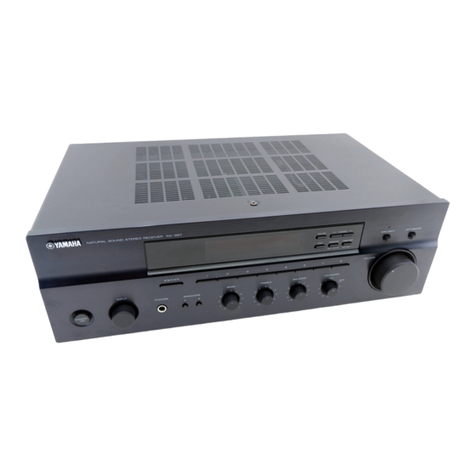
Yamaha
Yamaha AX-397 User manual
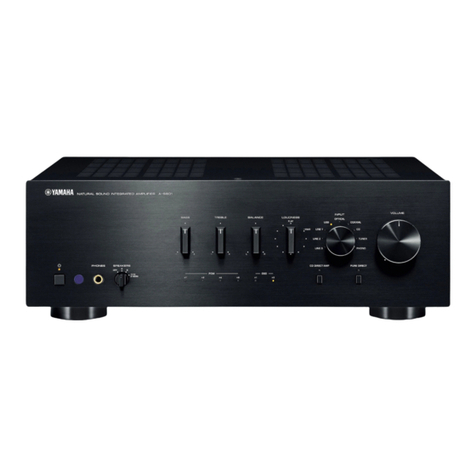
Yamaha
Yamaha A-S801 User manual
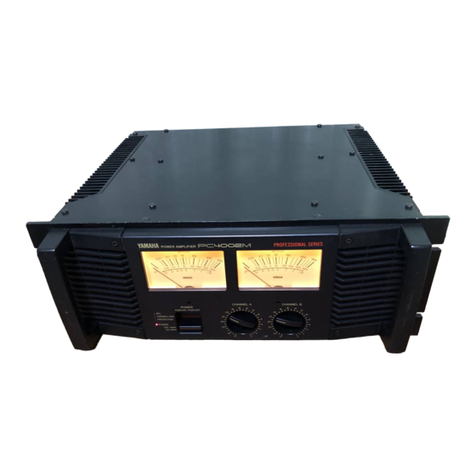
Yamaha
Yamaha PC4002 User manual
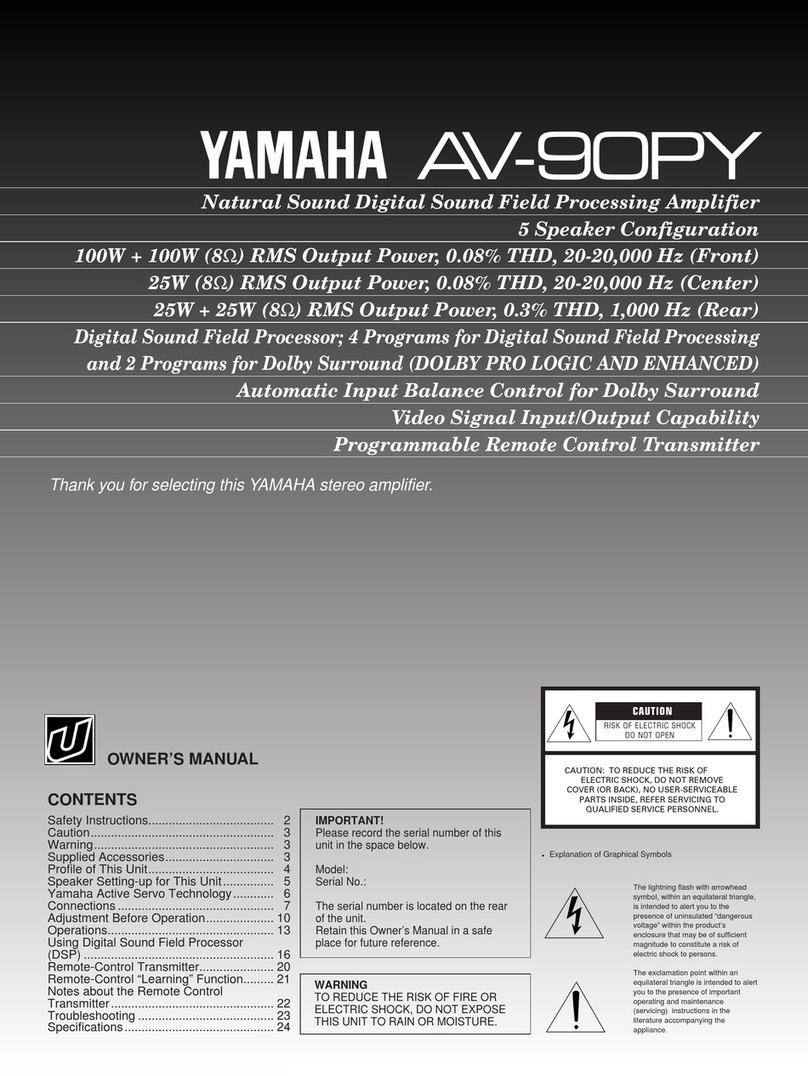
Yamaha
Yamaha AV-90PY User manual


